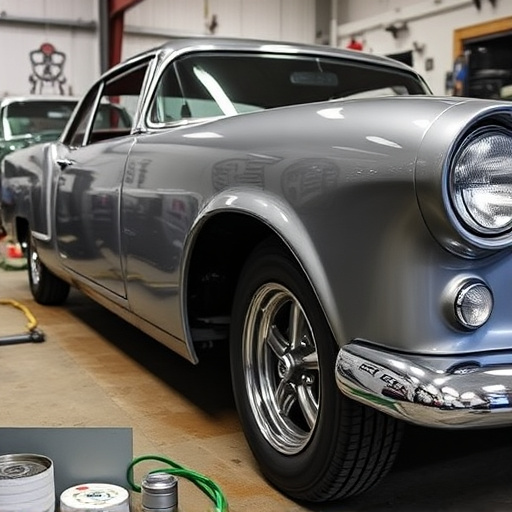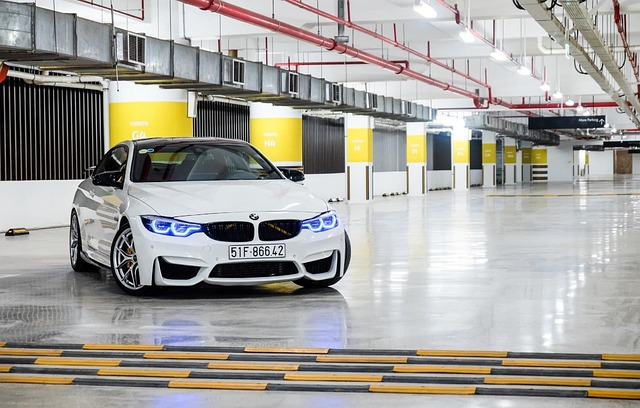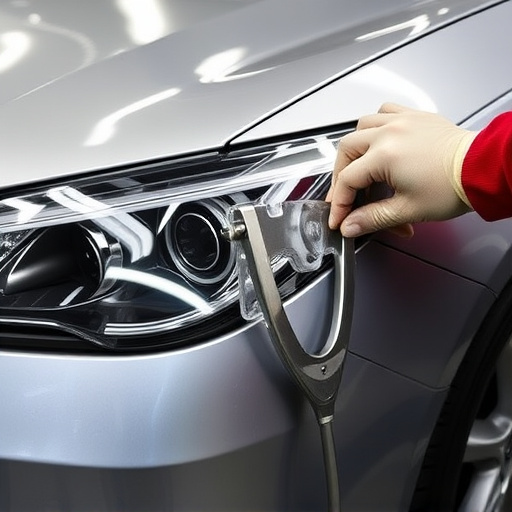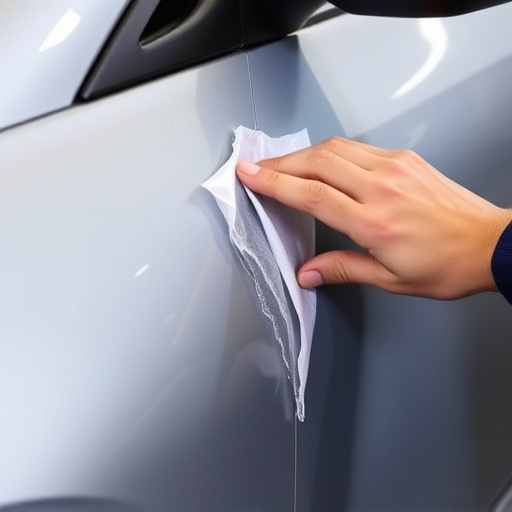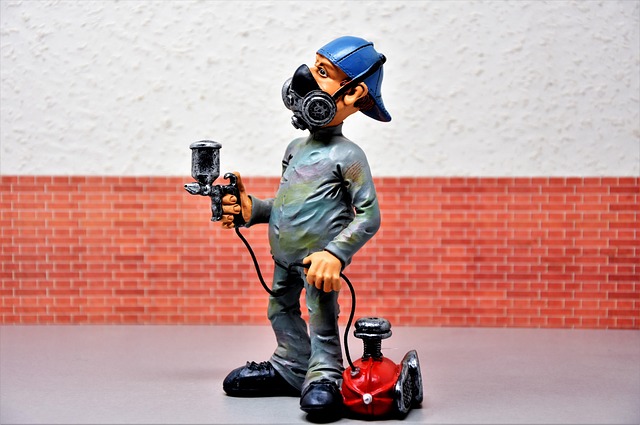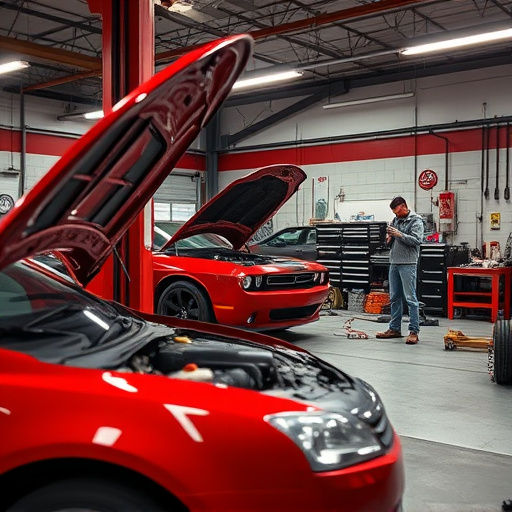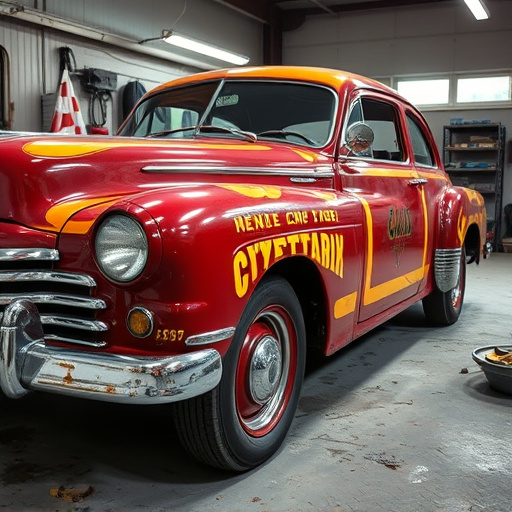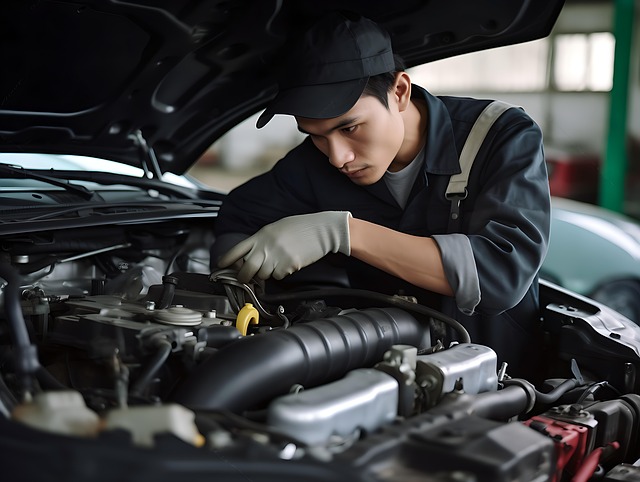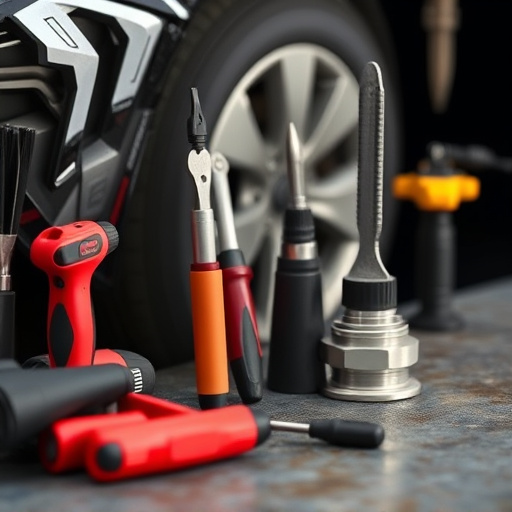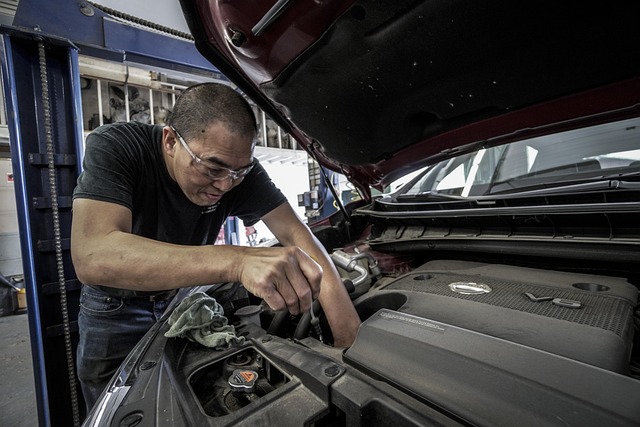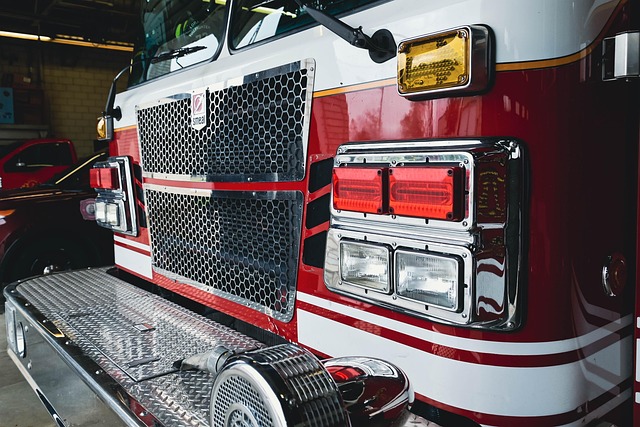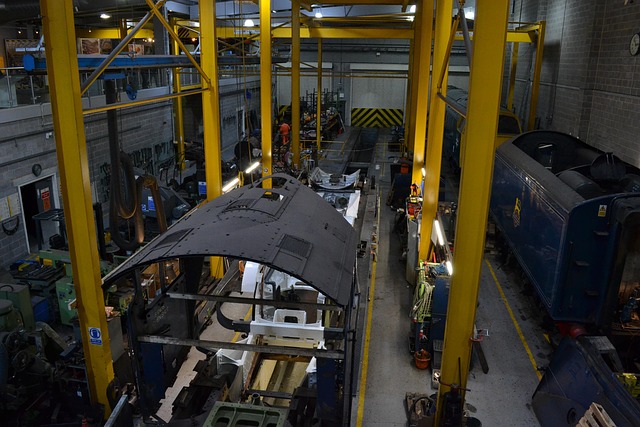Tesla's airbag system, vital for passenger safety, relies on a network of sensors and crash detectors that can fail due to wear or damage. Prompt repair by certified auto shops using specialized tools is crucial. The process involves identifying issues (sensor malfunction, software glitches), replacing faulty parts, ensuring proper alignment and connectivity, and thorough testing. Post-repair, certified technicians conduct additional testing to verify airbag system functionality and reliability. Regular maintenance and utilizing trusted Tesla repair shops ensure optimal performance and peace of mind in emergency situations.
Tesla’s advanced airbag systems are crucial for passenger safety, utilizing sophisticated crash detectors to initiate rapid protection. However, faulty detectors can compromise this critical safety feature. This article delves into the intricacies of Tesla airbag system repair, offering a comprehensive guide for addressing common faults in the crash detectors. From understanding the system to step-by-step repairs and post-maintenance tips, it ensures your vehicle’s airbags remain reliable life-saving mechanisms.
- Understanding Tesla's Airbag System and Common Faults
- The Repair Process: Step-by-Step Guide for Crash Detectors
- Ensuring Safety and Quality: Post-Repair Testing and Maintenance Tips
Understanding Tesla's Airbag System and Common Faults

The Tesla airbag system is a sophisticated network designed to protect occupants during collisions. It relies on a series of sensors and crash detectors that trigger the deployment of airbags at precisely the right moment. These sensors are crucial for the effective functioning of the entire system. However, like any complex mechanism, they can develop faults over time, leading to potential safety hazards. Common issues include sensor malfunction, incorrect readings, or damage caused by external factors such as vehicle dents or accidents.
When a crash detector fails, it can result in airbags not deploying when needed, compromising the vehicle’s overall safety. Therefore, understanding these faults and seeking prompt Tesla airbag system repair is essential. Reputable auto repair shops equipped with specialized tools can diagnose issues like sensor damage or misalignment, which often manifest as visual dents or unusual behavior during crash tests. Efficient dent removal techniques can also play a role in restoring the integrity of the airbag system, ensuring it operates optimally and keeps drivers and passengers safe.
The Repair Process: Step-by-Step Guide for Crash Detectors

The Tesla airbag system repair for faulty crash detectors involves a meticulous process designed to ensure vehicle safety. It begins with identifying the issue, which could range from sensor malfunction to software glitches. Once diagnosed, the repair process entails several steps. First, the technician carefully removes the damaged or malfunctioning detector, taking precautions to avoid further complications. Next, they replace the component with a new one, ensuring proper alignment and connectivity. In some cases, updating the vehicle’s software may be necessary to resolve any underlying digital issues. After replacement, thorough testing is conducted to verify the crash detector’s functionality and ensure it meets Tesla’s safety standards. This rigorous process guarantees that your Tesla’s airbag system is reliable and prepared to protect occupants in case of an accident.
For an auto detailing enthusiast or those visiting an auto collision center, understanding this repair guide can be insightful. Even if you opt for professional services for auto dent repair or more extensive body work, knowing the intricacies of critical systems like airbags enhances your overall automotive care experience.
Ensuring Safety and Quality: Post-Repair Testing and Maintenance Tips
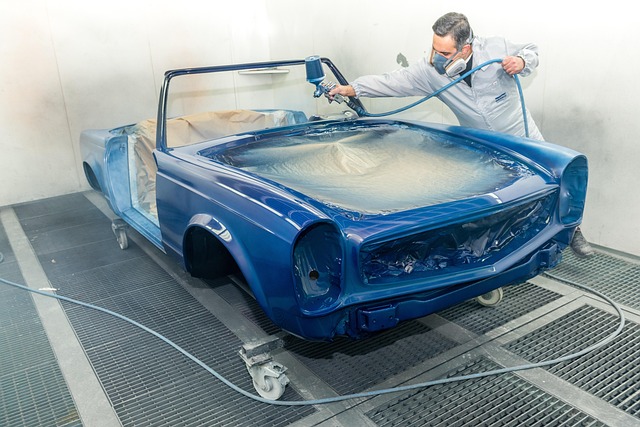
After a Tesla airbag system repair for faulty crash detectors, ensuring safety and quality is paramount. It’s crucial to have post-repair testing conducted by certified technicians using advanced diagnostic tools. This involves verifying that all airbag modules are functioning correctly, sensors are properly calibrated, and wiring is secure. Testing not only confirms the reparability of the system but also ensures it meets Tesla’s rigorous safety standards.
Regular maintenance is equally important for optimal performance. Owners should adhere to scheduled service checks, including inspecting connections for signs of corrosion or damage and replacing any worn-out components. Keeping the airbag system in top condition enhances its reliability during emergencies. Additionally, using trusted auto body shops specializing in vehicle repair services for Tesla can provide peace of mind, as they have the expertise and tools to handle complex car damage repairs efficiently and accurately.
Tesla’s advanced airbag systems are designed to protect occupants in the event of a collision, but faulty crash detectors can compromise this safety feature. Understanding common issues and following proper repair procedures is crucial for ensuring the effectiveness of the airbag system. By adhering to the step-by-step guide for repairs and implementing post-testing maintenance tips, owners can rest assured their Tesla vehicles are safe and ready for the road. Efficient Tesla airbag system repair processes contribute to maintaining optimal safety standards, allowing drivers to focus on their journey with peace of mind.
